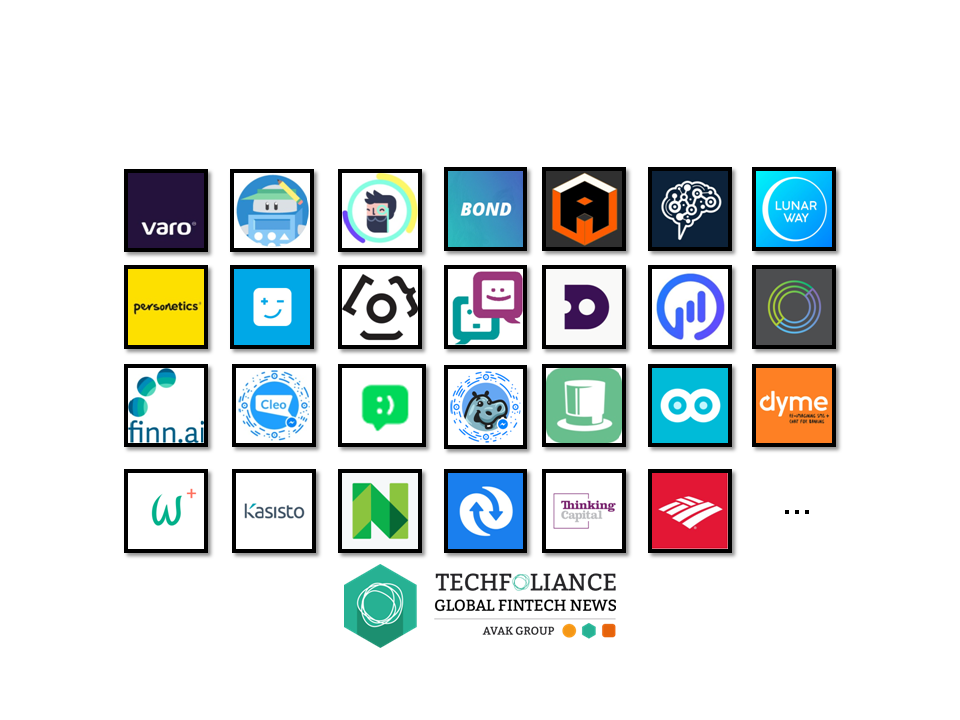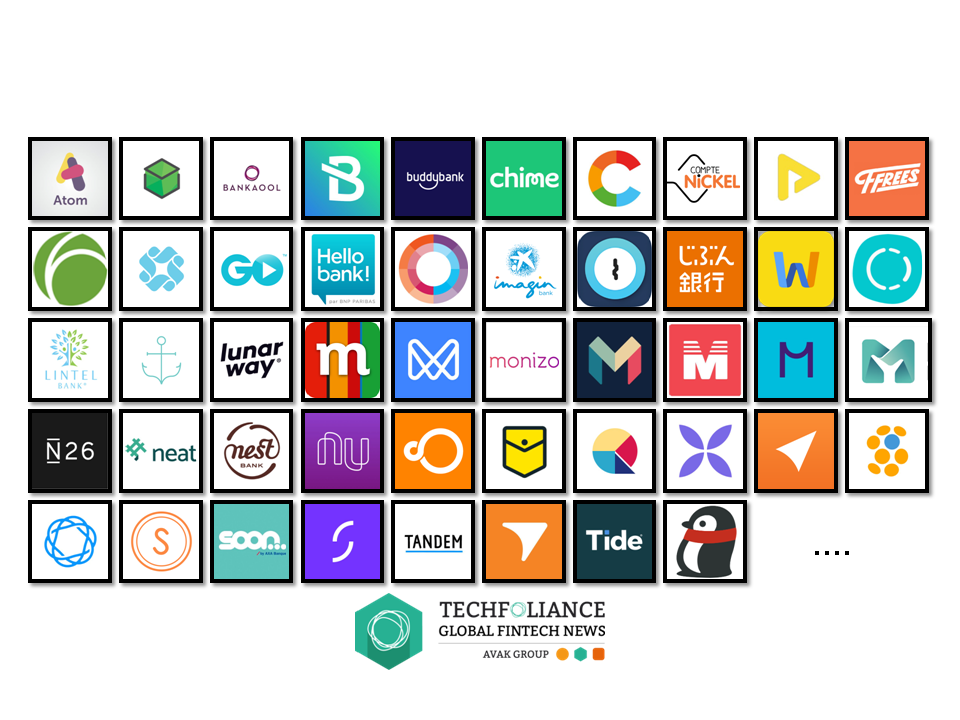
The year 2017 is coming to an end but not Fintech that is reaching new high records with deep technologies like AI or Cryptocurrencies that bring new perspectives for the banking industry.
The future of Fintech is difficult to chart. We will surely see many other evolutions in the next decade in terms of customer experience, fintech vs bank collaboration, data monetization, blockchain or regulation. One segment still remain largely untapped if we look at the depth of the services available on the market.
The untapped market for SMEs
During our MIT Fintech courses, we had the chance to put ourselves in the shoes of a Fintech entrepreneur. Together with our team, we chose to work on the FX risk management sub-sector that very few players are addressing correctly.
One of the reason why we chose this segment is because of the poor service offered by banks to clients and the low quality customer experience (UX) provided to SMEs.
After several weeks of hard work, we finally came out with the idea of RoboFX, an automated FX advisory platform that could be accessible from mobile, tablet or laptop.
Why RoboFX?
SMEs would be able to register on the RoboFX platform and provide a data feed on a periodic basis. RoboFX ‘s proprietary software would be designed in such a way to analyze the financial data to:
- Identify the Risk
- Measure this Risk
- Set Risk tolerances & Hedge Horizon
- Design and implement Hedging strategies
- Execute the hedging transaction
- Report and measure performances
Clients using RoboFX could have the ability to automatically execute the hedge if they agree to do so or review / modify the hedge as per their risk / cost profile. Clients could also set alerts and monitor their hedge.
Our revenue model would come from partnerships with providers to access the FX currency feeds and with financial institutions for their clients’ trades for a fee. Clients could also be signed up with a freemium.
Opportunities in SMEs Banking
I personally strongly believe that the rebundling opportunities in SMEs banking services sits at the intersection of corporate financial software and finance.
Banks historically deserted SMEs because it was not as scalable as consumers or big corporate. Banks are facing growing pressure from regulators, which enable marketplaces to unbundle SME services such as lending, advisory, execution, etc.
Will Fintech succeed to address this large untapped market? How should banks react? We can expect some traditional players to respond appropriately. Most of established financial services players are already investing heavily into the Fintech sector.
On the other side, could new entrants such as RoboFX replace banks? Probably not or at least not in the next 10-20 years. Capital requirements are very tough and regulation is complex.
Banks must switch to a Fintech bank model if they want to survive in the long term. Turning a global financial business into a digital player is not easy. There will be a high level of M&A activity among traditional banks and a very strong natural selection among Fintech start-ups.
Banks should move from just incubating or financing startups to acquiring some of them, letting them lead and digitally transform the vertical they are focused on for the whole bank. Who knows exactly what will be the Fintech world in 10 years. As we like to say at Techfoliance: who dares win!

![[Vers l’infini et la data] Episode 3 : Que peut faire la Data pour le secteur de l’edtech ? la-Data-dans-tous-ses-états](https://insights.invyo.io/europe/wp-content/uploads/2022/06/Bienvenue-dans-cette-nouvelle-série-mensuelle-dédiée-à-la-Data-dans-tous-ses-états.-218x150.png)











